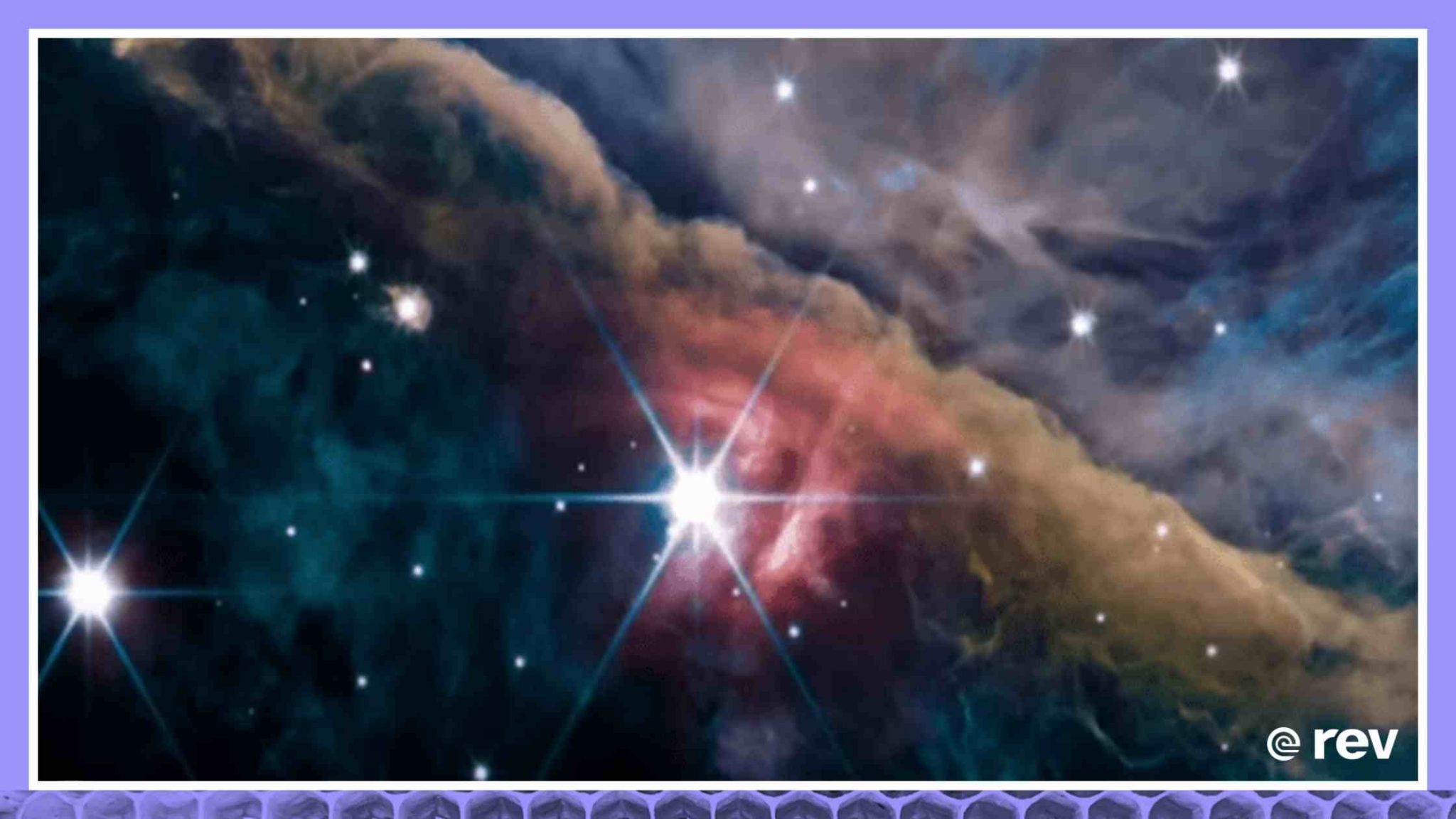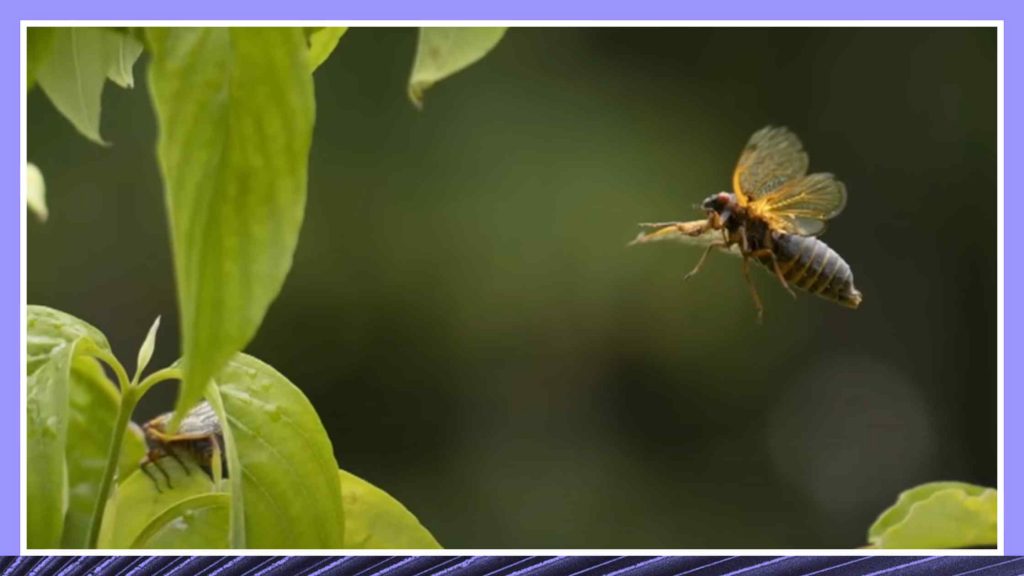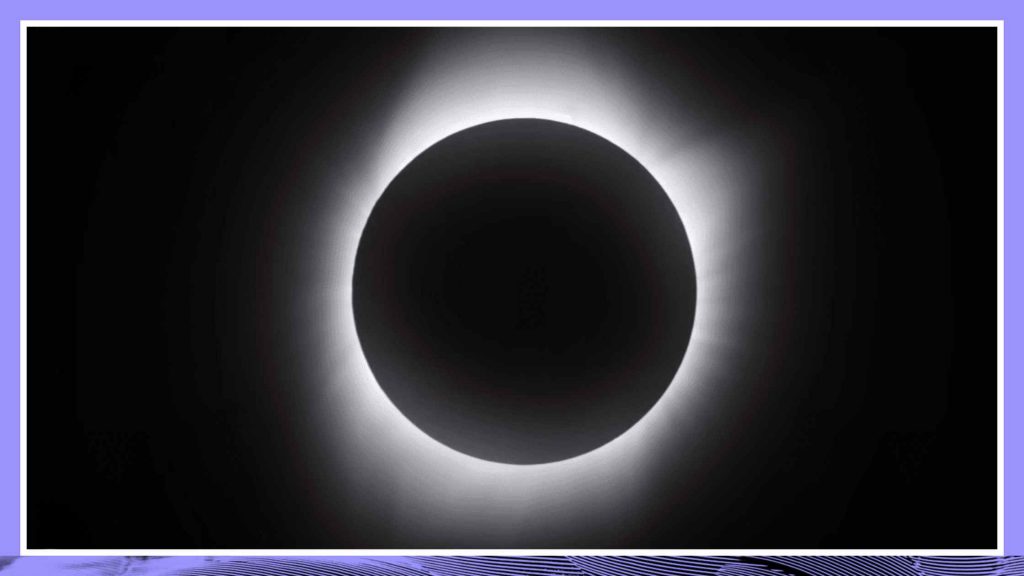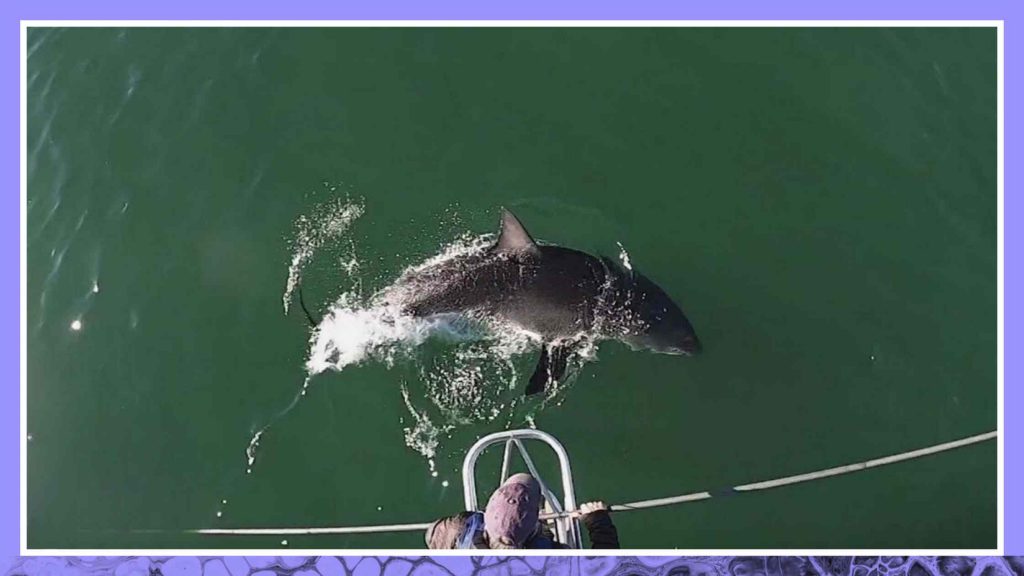Sep 19, 2022
What scientists are learning from the James Webb Space Telescope’s images Transcript

James Webb Space Telescope released its first image in July, providing the deepest and sharpest view we’ve ever seen of the universe. Since then, it has captured faraway star nurseries, cosmic cliffs, and galactic clusters. Read the transcript here.
Transcribe Your Own Content
Try Rev and save time transcribing, captioning, and subtitling.
Geoff Bennett: (00:00)
From the furthest reaches of space to our very own Milky Way galaxy, James Webb Space Telescope, the largest and most powerful of its kind, launched last Christmas and released its first image in July, the deepest sharpest view we’ve ever seen of the universe. Since then, it has captured far away star nurseries, Cosmic Cliffs, and galactic clusters. Anyone can see that the images carry breathtaking beauty and astonishing scale. But what do they actually tell us about our cosmos? PBS NewsHour science correspondent Miles O’Brien joins us now to help decipher it all. Miles, it’s great to speak with you.
Miles O’Brien: (00:37)
Geoff, it’s likewise.
Geoff Bennett: (00:39)
So let’s put up a few of these images. We’ll start with this one because when we look at this deep field image, we’re actually looking at thousands of galaxies. Is that right?
Miles O’Brien: (00:49)
Thousands of galaxies we’ve never seen before. They trained the Webb Telescope at a piece of the sky that was pretty much dark. And what did they see? Thousands of galaxies that we didn’t know existed. It’s an extraordinary thing when you think about it. That’s one time exposure, one tiny little piece of sky. I don’t know about you, but it sure makes me seem a little bit smaller. The other thing that’s kind of interesting about this is you’ll see some artifacts in there. Some kind of looks like smears almost or blurs. That is a phenomenon we call gravitational lensing. And what that means is the stars that are closest to us actually warp the light and create nature’s own telescope to make it easier for us to see galaxies behind it. So by refracting the light, they actually magnify what’s behind it. So we’re actually getting a little bonus above and beyond what Webb does, which is pretty extraordinary.
Geoff Bennett: (01:45)
Yeah, a little assist there from nature.
Miles O’Brien: (01:48)
Right.
Geoff Bennett: (01:48)
The Webb Space Telescope as you mentioned, I mean, it allows us to look far into space, seeing how stars and planets and galaxies evolve. This next image is something that I didn’t even know existed. It’s a stellar nursery. Tell us about this.
Miles O’Brien: (02:03)
Yeah. Welcome to galaxy daycare, I guess. This is a stellar nursery. This is the Orion Nebula. That’s a well-documented piece of the sky. Hubble has looked at it for years. But this is by far the most detailed look at it that we’ve ever gotten. It’s about 1,350 light years away for those of you keeping score. And what you’re seeing there is all kinds of ionized and molecular gases and dust being scattered. And if you look over on the side, there’s a trio, there’s a cluster of stars called the Trapezium Cluster. They’re the ones that are doing all the damage. When a star is young, it’s hot. It’s kind of like a lot of things, I suppose. And it is kicking up a lot of energy and clearing off all that space, creating what we call the Orion Bar, which is that angular sort of cloud light object in the center of the screen.
Geoff Bennett: (02:57)
So let’s move to this next image. This is an image of Jupiter. And scientists, as I understand it, they were really surprised at how well Webb was able to get this image of Jupiter. Why is that?
Miles O’Brien: (03:09)
Well, if nothing else, the Great Red Spot is white in this spectrum, that… No. But seriously, the amount of detail in Jupiter is extraordinary to them. Jupiter is just filled, it’s a maelstrom of storms. That Red Spot is basically a storm that would envelop the entire planet of earth. There’s auroras that have become evident in looking at this picture. There’s all kinds of indications as far as the cloud levels and layers. It’s an attempt to get beneath the surface. The surface of Jupiter is pretty fascinating. And when we say surface, of course it’s not a hard surface. But beneath it has always been pretty much a mystery. And this is helping us get beyond that.
Geoff Bennett: (03:54)
And this last image is a personal favorite. It’s a Cosmic Cliff. Tell us about this one.
Miles O’Brien: (04:00)
Yeah, it doesn’t get prettier than this.
Geoff Bennett: (04:02)
Yeah.
Miles O’Brien: (04:03)
This is science, but we can also enjoy it too for those of us who don’t know the science very well. One thing you should know, this is the Cosmic Cliffs, the Carina Nebula. This is the one that’s going to be on the covers of textbooks, I predict. Because how do you get better than that? But it’s worth pointing out here, an interesting point of this, Geoff, is that the images that are captured by Webb are in the infrared spectrum, which is to say we can’t see them. So basically, it’s like a black and white image that comes down from space. It is put on a repository that is available to the general public. And members of the public are going in and creating these sort of putting in a visible spectrum on top of the infrared to allow the human eye to see it. And so there’s a certain bit of artistic interpretation that goes along with this and a lot of people out there can join in if they want to.
Miles O’Brien: (04:55)
But what you’re seeing there is again this tremendous energy and dynamism as the universe is in its formation. This is a rare time for a galaxy. Only it lasts about a few tens of thousands of years at this stage of formation. And the fact that Webb has gotten a picture of it is a pretty priceless baby picture for some young stars.
Geoff Bennett: (05:21)
Yeah, I’ll say. Miles O’Brien, the best of the best. Thanks so much for being with us.
Miles O’Brien: (05:25)
You’re welcome, Geoff.
Transcribe Your Own Content
Try Rev and save time transcribing, captioning, and subtitling.






